"Those who have not attended a New Orleans funeral may look forward to an experience. These are colored funerals for lodge members and important persons. Lodge brothers and sisters dress in their fraternal regalia. Men in uniform, braid, sashes, aprons, plumed hats, swords, long coats. Women in white uniforms or long skirts and complimentary headgear. The choice of dress befits the occasion. The Eureka Brass band Furnishes the music-fast marches to the funeral home, dirges to the cemetery, hymns at the graveside. Leaving the grave, jazz music is played as it is propitious to celebrate, a good time for dancing. Many impromptu dances set up along the return route. to hear the band music is enough to get one to attend a New Orleans funeral. The beat is almost hypnotic" PSA Journal, Oct. 1962, 36.
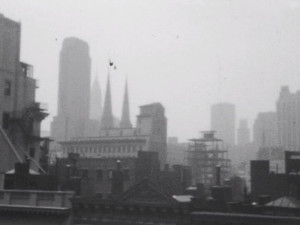
A short pan of downtown New York City.
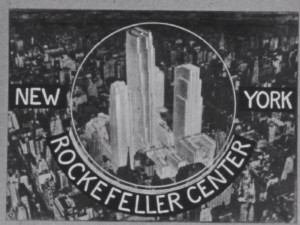
A short film of the New York Rockefeller Center under construction.
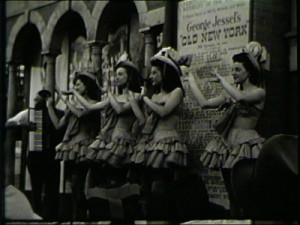
"A clever, artfully-shot, and carefully-edited amateur film of the 1939 New York World's Fair." oldfilm.org
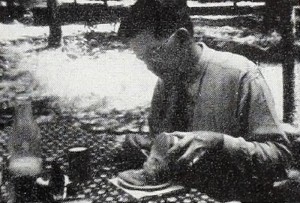
"Northwoods Adventures is a plumply constructed and neatly tied half-hour package of travel through the Adirondack area. Evident in it are the well known technical skills, the smooth sequencing and the attractive titles which mark all the movies of Frank E. Gunnell. But the picture seems a package, nevertheless — and a package for a purpose. One gets the impression that the producer, as he edited, had his eye on the guest-lecturer's clock at a luncheon club meeting — rather than on the crisp continuities of movie making per se." Movie Makers, Dec. 1951, 412.
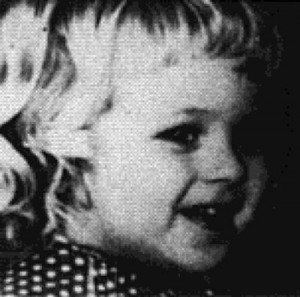
"Once again the Lawlers permit us an intimate glimpse into the lives of their family. Number 10 (boy or girl?) has joined the family and introduces all the brothers and sisters, who, in turn, tell us of their personal doings. The time has come for Number 10 to undergo the ritual of his first haircut. The whole family participates, and each child vividly recalls his or her own experience of the "first haircut." Mother's tears fall as the curls fall, but all is cheerfully forgotten as their beautiful "girl" emerges from the barber's apron a handsome boy. All narration, in each child's voice, is in rhyme, and the charm of the children is heard as well as seen, making this a truly outstanding family film" PSA Journal, Oct. 1963, 40.
"L. Clyde Anderson was given an award for Color photography, for 'October By-Ways.' We want to congratulate Mr. Anderson for his selection of colors. It is one of the very first amateur pictures we have seen where color was really properly balanced. There were no harsh notes to distract, but he chose scenes where the ensemble blended and where there was a fine eye-resting blance of color and also color composition. It was obvious that Anderson used haze filters on his outside scenes as the sky does not have that postcard-blue effect, but has been reduced to almost a gray haze which helps the fall colors in the trees and does not take the eye away from the main points of interest." American Cinematographer, Jan. 1937, 37.
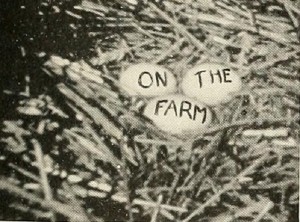
"Sunlight and morning noises, the rich, sweet smell of clover, the hot grain fields at midday and windmills drawing water from the deep earth — these are part of the common life of an Ohio farm that two young girls, Marjean and Mary Elizabeth Headapohl, have put into their film, On the Farm. It is a record as American in feeling as Walderts Pond, even though unconsciously so. Innumerable closeups show the generousness of the earth in Ohio, whether in flowers around the house or in the grain and vegetables of the fields. Day after day, the imponderable clouds drift by. Peas are shelled for dinner; the cows are brought in from the pasture by the collie dog; the farm hands return to the barn after a day of harvesting wheat. There is little more shown, in substance, and presently the film ends. But it leaves one with a conviction that this simple way of life in America cannot easily be changed, and that, as long as people of good hearts make records such as this, we cannot wholly forget that the Republic was founded on the plough." Movie Maker, Dec. 1940, 603-604.
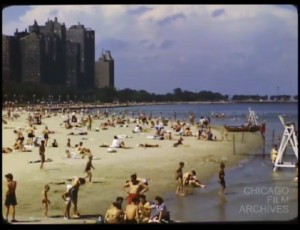
"A two part travelogue featuring travel and industry highlights on the shores of Lake Michigan. Part one includes scenes of Indiana, Illinois and Wisconsin while part two includes travel highlights of Indiana and Michigan." Chicago Film Archives.
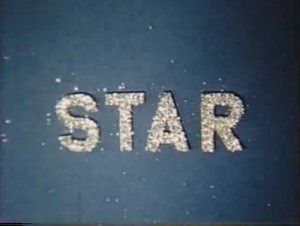
"Footage along the American River that was used to save the American River Parkway." Sacramento Public Library.
Total Pages: 23